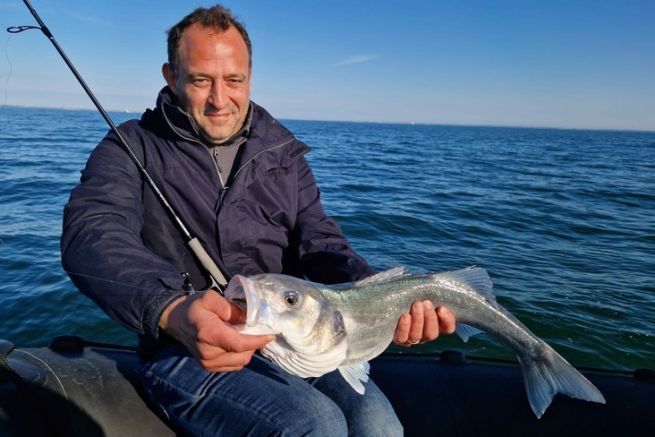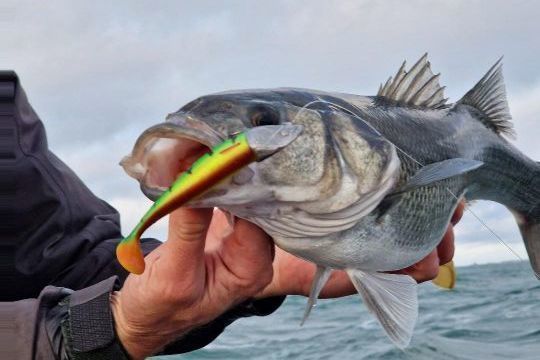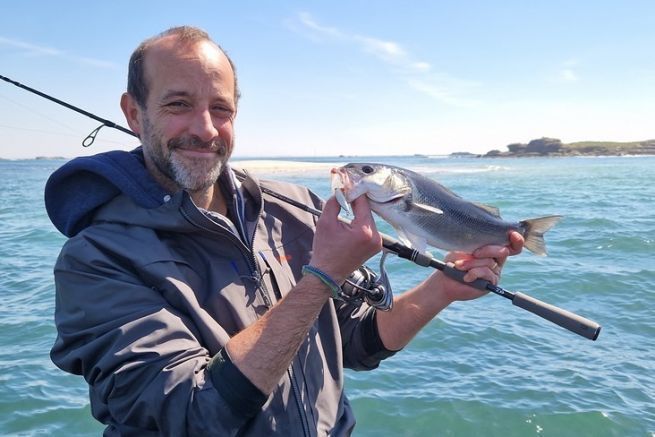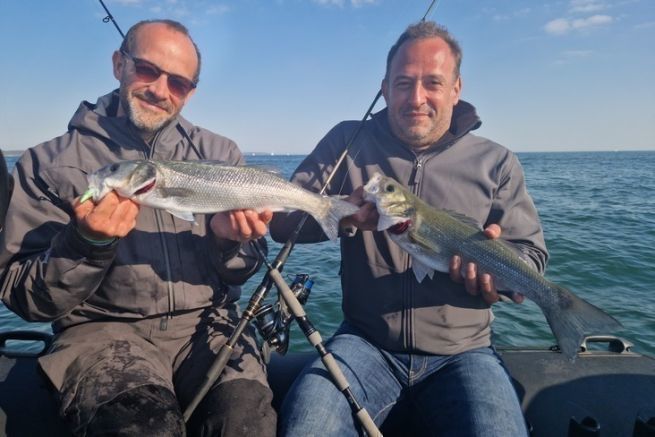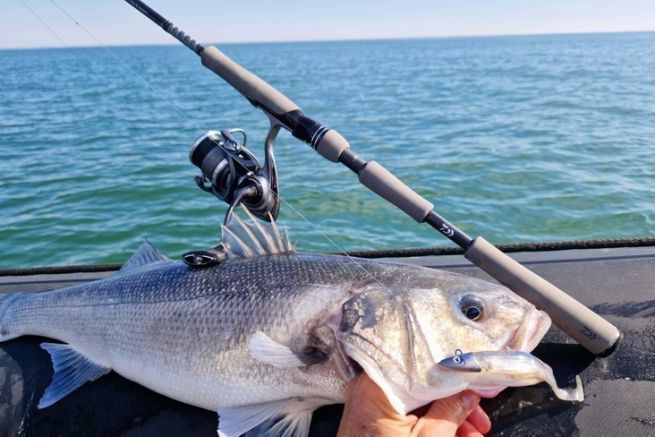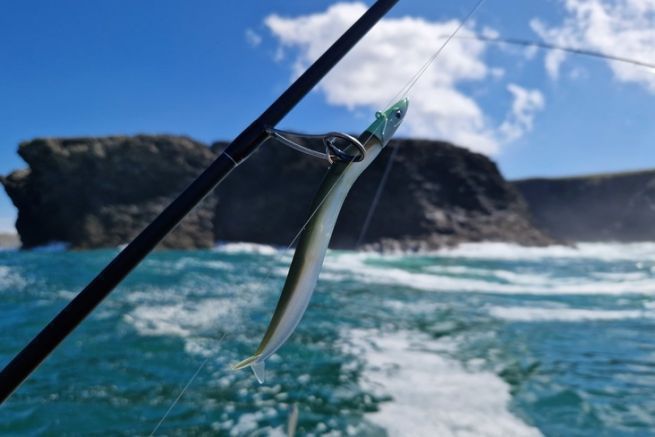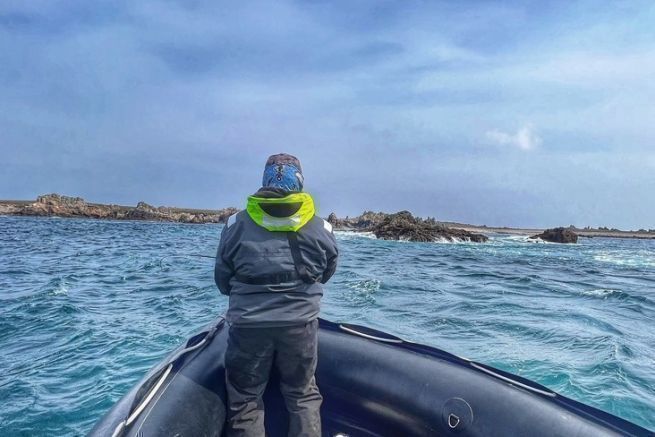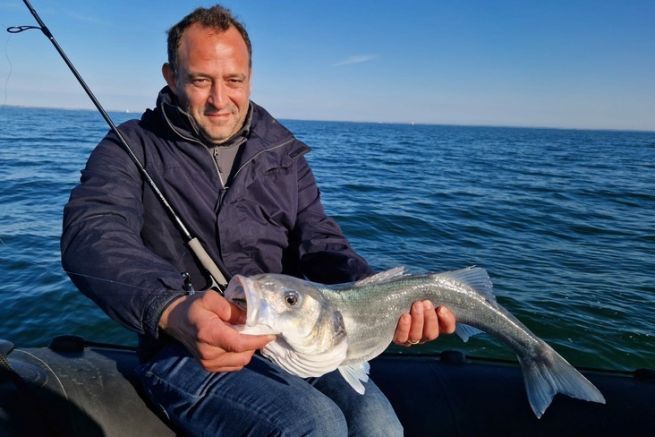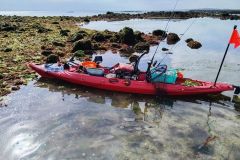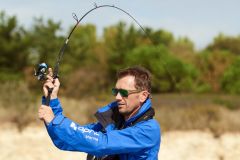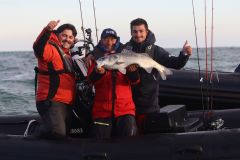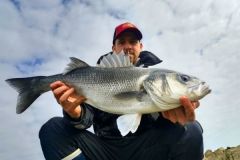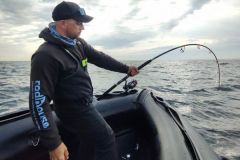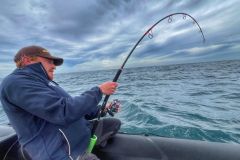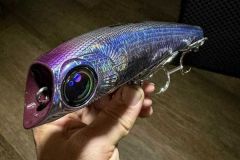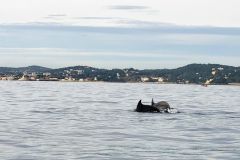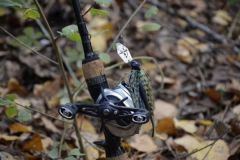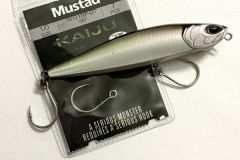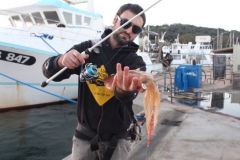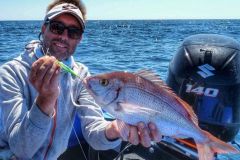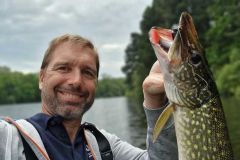They make the headlines in magazines, big bass are for many the Holy Grail to reach. These fish are more and more difficult to catch because of the pressure and the scarcity of these specimens.
Fortunately, there are still some places where they hide and where it is possible to find beautiful fish. By nice fish we mean bass that are bigger than 65 cm. Obviously, fish of 70 or 80 cm or even more are present. But let's remain modest all the same and consider that a trip with several fish between 60 and 70 cm is a very nice trip.
If you decide to specifically target big fish, it will necessarily be at the expense of quantity. Sometimes, it will be the only one of the day, but the pleasure of catching such a fish, often over 20 years old, will surely satisfy you.
Fishing after the hunts
You won't catch a big bass using the same method as for smaller fish.
By habit, I have noticed that when the activity is high, with an enormous number of active fish, the big fish are not in the heart of the hunt, but on the peripheries. This is because they want to enjoy the rest of the feast that the smaller congeries would have left.
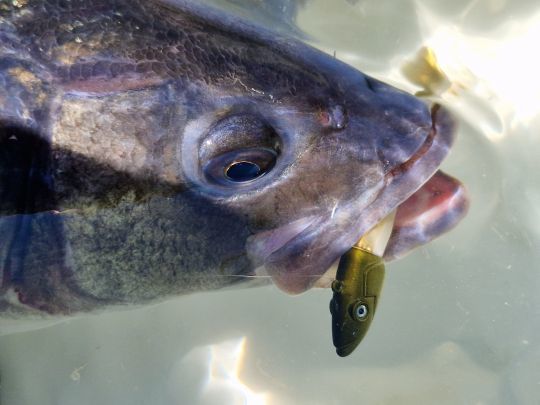
For this, when a hunt stops, insist on the area even if it means really scratching the bottom. It is possible that one of these large specimens roams in the corner in search of prey easy to capture.
Stay calm
You will optimize your chances of targeting the big fish by targeting the feeding areas, but also the one where the nautical activity is reduced. These fish like to be quiet.
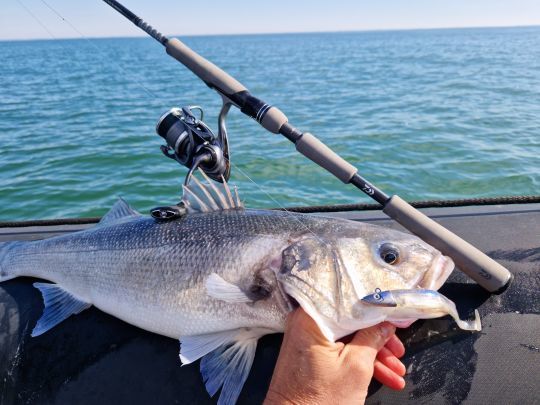
It is not necessary to make a generalization, but by experiment, it is possible to note that these beautiful specimens are easier to lure in the evening and the morning or when the weather conditions are somewhat agitated.
Which positions to target?
If the standard answer existed, fishing would be lost. The 10-20 m zone is one of the most favourable for tracking these beautiful specimens. Many fishermen imagine that big bass are roaming in the powerful veins of the current.
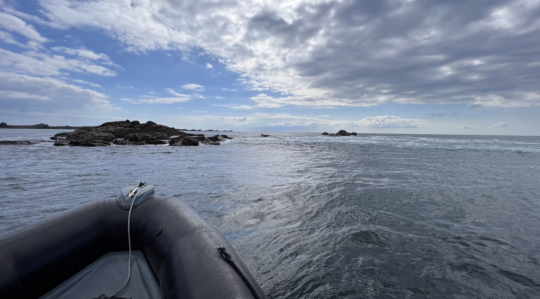
It is clear that when the current is really strong, the fish are rarely active but rather stuck to the bottom. The big specimens are generally found either in the shelter of this one or at the end of the current where the effort to be provided to seize a prey will be less important. Therefore, fish against the current or at the end of the current, where the current slows down.
The drop-offs, from 10 to 20 meters for example, are also excellent spots. Of course, you will undoubtedly cross the road of a nice yellow spot, but some big bass are also prowling there. In this case, a lure heavily leaded to scrape the maximum of the drop-off or conversely, by taking it off above it will undoubtedly make a beautiful specimen react.
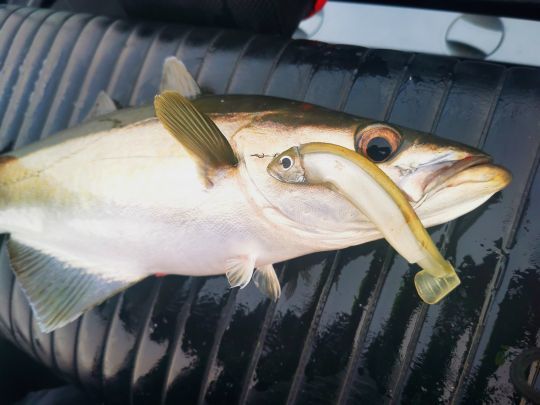
The right choice of material
Big lure, big fish? Who has never heard this saying? It is not totally false, but let's say that it is especially important to have a coherence between the size of the lures and the size of the preys in the area. So yes, if you're chasing small fish using a 12 cm shad, switching to the XL model in 15 or 18 cm may be a winning bet.
The same goes for slug lures. Using the crazy sand eel size 220 when the average size of the sand eels in the area is 12/15 cm can help you stand out.
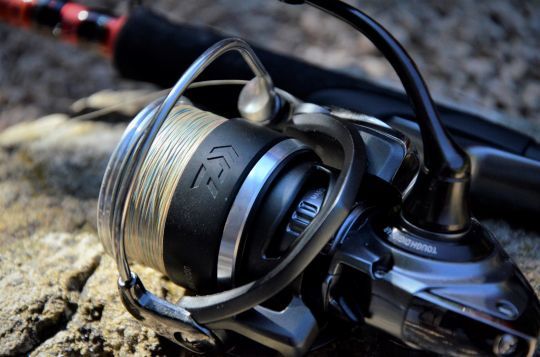
To optimize the animations, the rods Daiwa Saltist AGS III 832 in 10-35 grams or the Saltist AGS III 802 in 7-28 grams equipped with a reel Daiwa Lexa 3000 CXH, allow you to prospect in absolute comfort.
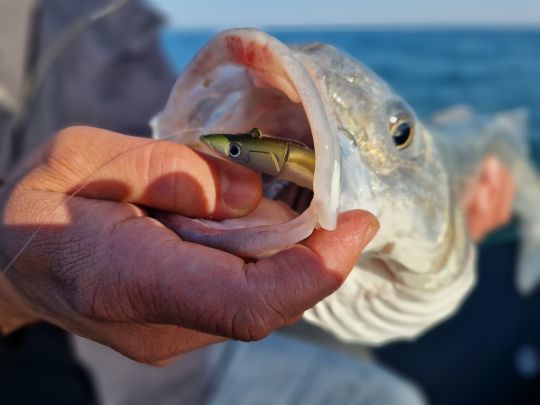
Remember that this is not a truth, it can be a gamble to try when nothing else makes these big fish react.

 /
/ 